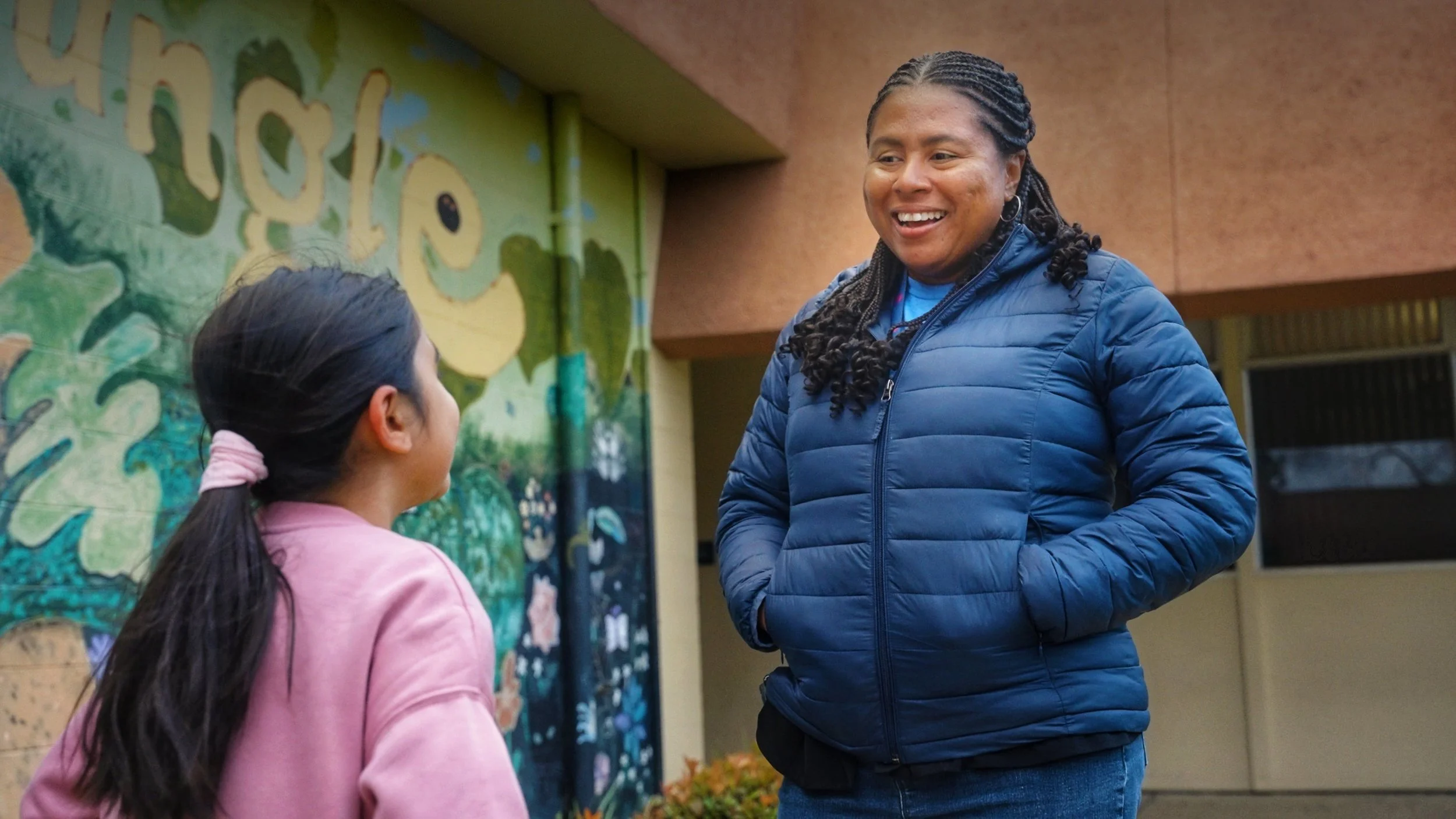
Clinician II Role
Phase 1: First 6 Weeks of School
Training Resource Home > Clinician II > Phase 1: First 6 Weeks of School
Phase Overview
In this training phase for the Clinician II role the focus will be on fostering relationships with team members and supervisees. Setting up a structured schedule for continual supervision and consultation meetings with supervisees will be a key goal. Furthermore, establishing efficient documentation support processes and offering tailored clinical assistance to supervisees based on their licensing status will be integral elements of Phase 1.
Phase Objectives
Initial relationship development with team members
Initial relationship development with supervisees
Establish schedule for ongoing supervision and consultation meetings with supervisees
Establish documentation support process
Provide clinical support to supervisees in accordance with licensing status
Resources
STEP 1
Establish Relationships and Connections
Learn the importance of connecting with an established Clinician II to gain program insights from an existing team member. Schedule introductions with assigned supervisees, and meet with key school staff to discuss mandated reporting, billable encounters, confidentiality practices, multidisciplinary systems, and the clinical supervision model.
-
Connect with an established Clinician II for a 1:1 in the first two weeks. Discussion topics to include:
Personal introductions
Experience with school-based mental health and wellness
Insight into documentation and other program protocols
Schedule individual introductions with clinical supervisees
Meet with Principal, Vice Principal, Coordinator, and Clinician on site to discuss:
Mandated reporting
COST structure
ABC reports
Referral system
Billable encounters
Confidentiality practices
Multidisciplinary systems
Clinical supervision model and Associate requirements
HIPAA & FERPA
Access to student information system (SIS)
STEP 2
Supervisory Responsibilities
Learn about scheduling initial site visit and clinical supervision for each supervisee where important items will be reviewed including the SCOW themes, DEIB framework, and core components. Review and discuss crisis protocols, CPS procedures, and communication expectations regarding crisis incidents with clinicians for effective management and response.
-
Schedule first site visit/clinical supervision for each supervisee
Review SCOW themes, framework, and core components with supervisees
Review crisis protocols and related contacts for each school site/district
Review crisis protocols and related contacts for each school site/district with Clinicians
Discuss CPS procedures with Clinicians
Review communication protocols and expectations regarding crisis incidents with Clinicians
STEP 3
Clinical Oversight and Support
Explore the protocols and expectations for supervising both unlicensed (Associate) and Licensed Clinicians, including beginning the BBS Learning Agreement, reviewing weekly logs, and leading individual and group supervision sessions. Understand the importance of documenting prior supervision details, experience hours, Law and Ethics exam status, and maintaining notes and attendance records for both group and individual supervision.
-
Supervision for Unlicensed Clinicians (Associate Clinicians):
Complete BBS Learning Agreement with each Associate Clinician assigned
Review protocols and expectations regarding individual and group supervision with Clinicians
Obtain name, address, and phone number of supervisee’s prior supervisor
Obtain number of hours of previously gained experience
Review and sign; or request revisions on client documentation within 72 hours of submission
Schedule and lead weekly group supervision for assigned group, maintaining notes and attendance records
Schedule and lead weekly individual supervision for assigned associate Clinicians
Supervision for Licensed Clinicians :Lead case consultation for assigned group of licensed Clinicians twice per month, maintaining notes and attendance records
STEP 4
Documentation Support
Discover the importance of facilitating monthly documentation office hours and promptly reviewing and signing client documentation within 72 hours of submission from Associate Clinicians. Additionally, understand the need to review, sign, and return weekly BBS logs for Associate Clinicians to ensure timely and accurate record-keeping.
-
Facilitate monthly documentation office hours
Review, sign, or request revisions on client documentation within 72 hours of submission from associate Clinicians
Review, sign, and return weekly BBS logs for associate Clinicians within seven business days of receiving them
STEP 5
Program Development and Support
Learn the value of joining committees focused on documentation, professional development, and crisis management to support and align clinical practices throughout the program. Additionally, understand the need to collaborate with other Clinician IIs and participate in various meetings, training, and events to ensure continuous development and alignment with clinical practices.
-
Collaborate with other Clinician IIs to support continuous program development in alignment with clinical practices
Attend and collaborate in regional team meetings, program team meetings, professional development and trainings, supervision/consultation, and events within school community
STEP 6
Establish Calendar
Recognize the importance of sharing your calendar with the regional and leadership team to facilitate coordination and alignment of schedules for meetings, events, and collaborative efforts. Sharing your calendar supports efficient planning and enhances communication within the team and across organizational activities.
-
Share calendar with regional and leadership team





